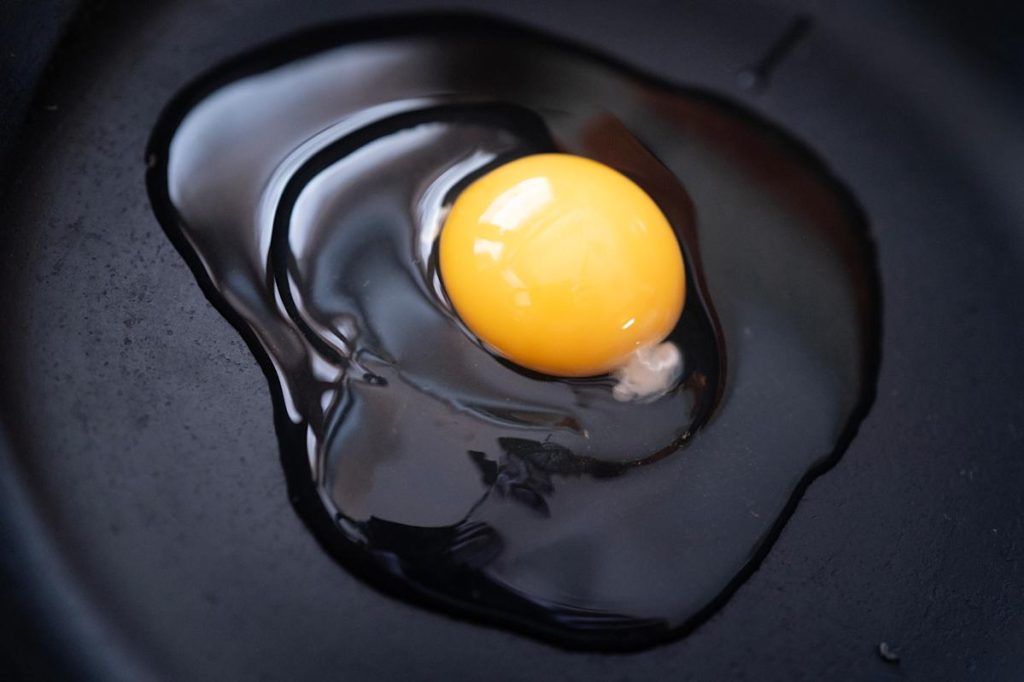Declining Egg Prices and Investment Opportunities
Recent trends indicate that the high costs of eggs may soon decrease, presenting a timely opportunity to invest in companies that produce them.
Wholesale Price Decrease
Over the past three weeks, wholesale egg prices have dropped from over $8 to around $4 per dozen large white eggs, according to the latest USDA report from March 14. This past week alone saw a staggering 39% decline, with prices falling from $6.85 to $4.15, although it will take some time for retail prices to reflect these changes.
Market Volatility and Consumer Behavior
The price drop illustrates the “highly volatile” nature of the egg market, driven by consumer response to high prices—many are purchasing fewer eggs, as noted by Texas A&M University professor David Anderson in a Yahoo Finance interview. The USDA reported a 1.7% increase in shell egg inventory compared to the previous week.
Challenges in Production Recovery
Even as inventories improve, producers are facing challenges in restoring their flocks to previous levels. The USDA is set to release February production figures, a month severely impacted by avian flu, following a 4% production decline reported in January.
Performance of Major Egg Producers
Despite losing hens due to bird flu, major egg producers have profited from soaring prices. Shares of leading producers, Cal-Maine Foods (CALM) and Vital Farms (VITL), have risen by 45% and 32%, respectively, over the past year. Cal-Maine reported a staggering 80% year-over-year revenue increase in its latest quarterly earnings, resulting in nearly 1200% growth in net income.
Investment Insights
David Trainer from New Constructs believes the stock has become even more appealing, especially since it has fallen by 17% year to date. He considers it one of the best stocks to invest in right now, citing consistent demand for eggs as one of the cheapest protein sources available.
Future Market Outlook
As Easter approaches, analysts like Kevin Bergquist from Wells Fargo predict higher egg prices due to increased demand, yet consumers are likely to continue purchasing eggs despite the costs. Demand typically surges in the weeks before the holiday. Anderson notes that while Easter may trigger temporary price spikes, egg prices will likely fluctuate based on overall supply, provided new avian flu outbreaks do not emerge.
In response to the avian flu crisis, U.S. Agriculture Secretary Brooke Rollins recently announced a five-point strategy alongside a $1 billion plan aimed at reducing egg prices and addressing supply issues.



